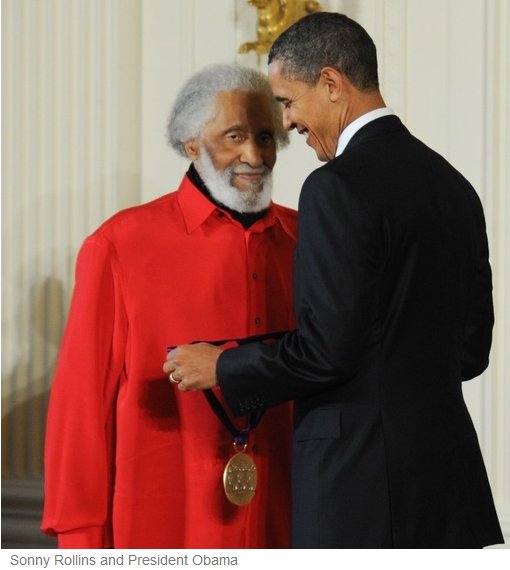The NFL keeps lots and lots of statistics, but the traditional way of ranking teams is based on total yardage gained and lost. Using that measurement, the two worst defensive teams in the league were the top seeds in their respective conferences, and one of them is appearing in the Super Bowl next week. That doesn’t seem to be an accurate way of comparing teams, as John Holler points out:
A more accurate reflection should be taking in three factors, not just yards gained or allowed. In realistic terms, there should be two other criteria measured. Seeing as games are decided by points scored, that should be factored in. Also, there are defenses that are known as “bend, don’t break.” They allow yards, but, once in the red zone, they stiffen up and turn potential touchdowns into field goals.
While not a perfect system, the numbers bear out that this is a much more accurate reflection of the true value of an offense or a defense. According to the “official” numbers, the Eagles were a top-eight team in both offense and defense. Reality said otherwise.
What follow are VU’s reality rankings of NFL offenses and defenses. Each team is ranked in three categories – yards, points and red zone touchdown percentage. The first figure is where offenses and defenses were ranked for comparison purposes.
[. . .]
Offense
Defence
1. New England – 2-3-2 (7)
2. Green Bay – 3-1-3 (7)
3. New Orleans – 1-2-6 (9)
4. Detroit – 5-4-4 (13)
5. Carolina – 7-5½-7 (19½)
6. San Diego – 6-5½-10 (21½)
7. N.Y. Giants – 8-9-8 (25)
8. Philadelphia – 4-8-14 (26)
9. Atlanta – 10-7-13 (30)
10. N.Y. Jets – 25-13-1 (39)
11. Buffalo – 14-14-11 (39)
12. Oakland – 9-16-16 (41)
13. Tennessee – 17-21½-5 (43½)
14. Baltimore – 15-12-17 (44)
15. Dallas – 11-15-20 (46)
16. Minnesota – 19-19-9 (46)
17. Houston – 13-10-25 (48)
18. Pittsburgh – 12-21½-18 (51½)
19. Chicago – 24-17-12 (53)
20. Arizona – 19-24-15 (58)
21. Cincinnati – 20-18-26 (64)
22. Miami – 22-20-24 (66)
23. Tampa Bay – 21-27-19 (67)
24. San Francisco – 26-11-30 (67)
25. Denver – 23-25-23 (71)
26. Washington – 16-26-29 (71)
27. Seattle – 28-23-22 (73)
28. Jacksonville – 32-28½-21 (81½)
29. Indianapolis – 30- 28½-27 (85½)
30. Cleveland – 29-30-28 (87)
31. Kansas City – 27-31-32 (90)
32. St. Louis – 31-32-31 (94)1. Baltimore – 3-3-1 (7)
2. San Francisco – 4-2-4 (10)
3. Houston – 2-4-9 (15)
4. Pittsburgh – 1-1-17 (19)
5. Cleveland – 10-5-3 (18)
6. Miami – 15-6-6 (27)
7. Seattle – 9-7-11 (27)
8. Tennessee – 18½-8-10 (36½)
9. Arizona – 18½-17-2 (37½)
10. Chicago – 17-14-7 (38)
11. Atlanta – 12-18-8 (38)
12. Washington – 13-21-5 (39)
13. Jacksonville – 6-11-23 (40)
14. N.Y. Jets – 5-20-16 (41)
15. Cincinnati – 7-9-25 (41)
16. Kansas City – 11-12-18 (41)
17. Philadelphia – 8-10-30 (48)
18. Dallas – 14-16-19 (49)
19. Detroit – 23-23-12 (58)
20. Denver – 20-24-15 (59)
21. St. Louis – 22-26-13 (61)
22. New Orleans – 24-13-28 (65)
23. Minnesota – 21-31-14 (66)
24. San Diego – 16-22-29 (67)
25. New England – 31-15-21½ (67.5)
26. Green Bay – 32-19-20 (71)
27. N.Y. Giants – 27-25-21½ (73½)
28. Carolina – 28-27-27 (82)
29. Indianapolis – 25-28-31 (84)
30. Oakland – 29-29-26 (84)
31. Tampa Bay – 30-32-24 (86)
32. Buffalo – 26-30-32 (88)






